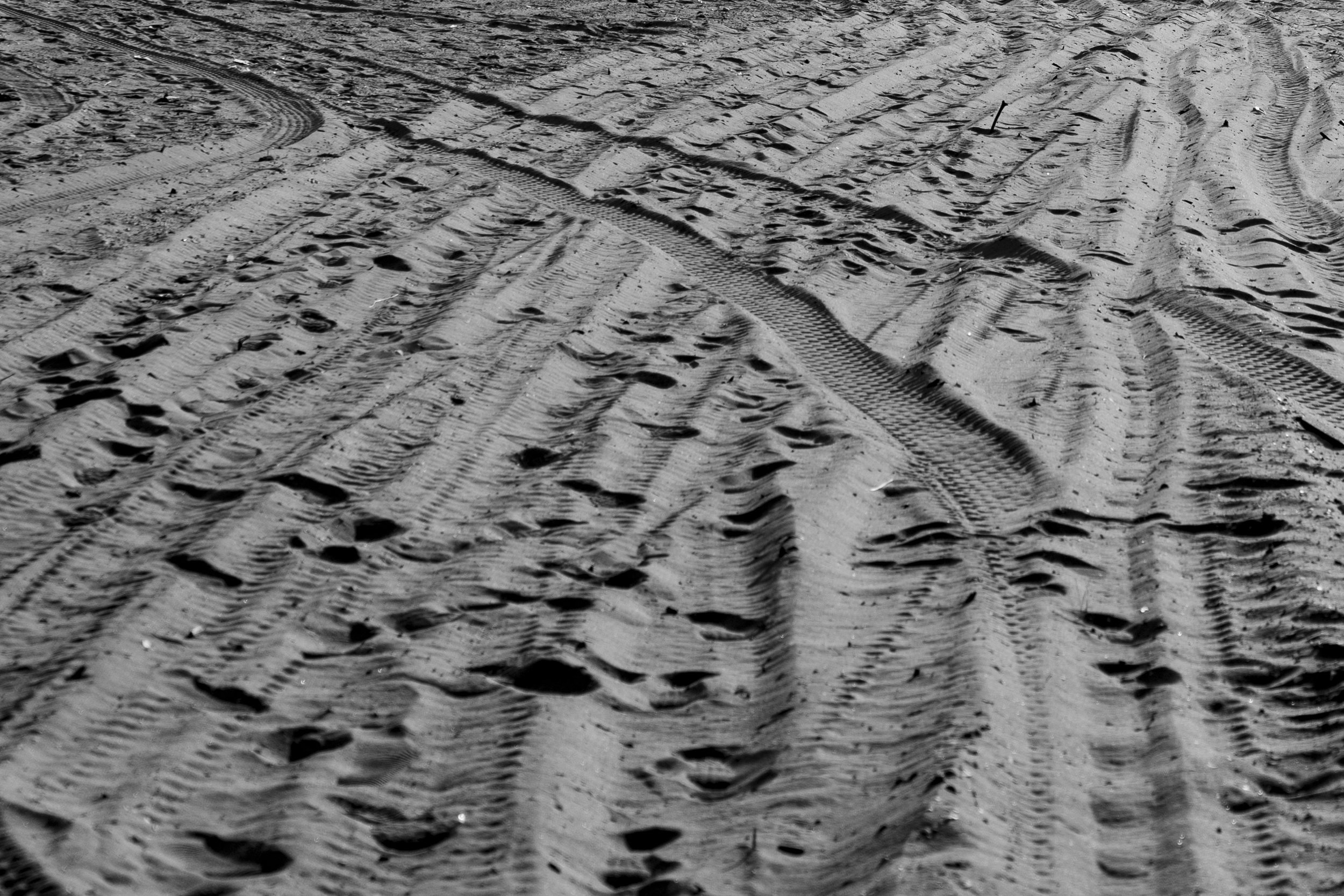State of Mind
Emotion - Sony World Photography Awards Brief
In the January of 2017 I received an e-mail from my mentor, Katrin Eismann, the department chair of MPS Digital Photography at SVA. The image below had been shortlisted for the Sony World Photography Awards under Student Focus category for the brief - 'Memories'.
It came as a jolt of surprise as there wasn't any anticipation to begin with. Also, I was in Iceland, stranded in Europe, waiting for my misplaced bags and visa documents to get to Berlin, when I received this e-mail. The timing was impeccable.
Ten students from around three hundred institutions across the world were shortlisted for the award. We were given a second brief - 'Emotion' and a week to shoot an essay of 7 - 10 images. A brief as broad and vague as 'Emotion' left me hanging for quite a bit. I tried solving the problem thrice. Below is a glimpse of what I had done:
In my first series (below) I approached people on the streets asking them to enact their favorite emoji. An attempt to revert the roles of technology and real life and to portray a person's identity through his/her most used emoji. It was an interesting social experiment, but I found the imagery flat and uninteresting.
The second series, using a sheen cloth to denote the veil we guard our emotions with, was a metaphorical take on our love-hate relationship with vulnerability. But staging an emotion did not pan out as envisioned.
The third series, my submission (below), was quite a simple and straightforward approach to provoke genuine emotions. 'The Element of Surprise' documented people's reactions to unforeseen sounds. It was an observation of how we, as humans, share identical senses/emotions but are unique in responses. How I emote surprise might be entirely different from how you do. (I have my friends complain that my surprise looks like 'whatever' to them, but that's another story)
I staged a basic portrait session for my peers to come in individually. After having them close their eyes reminiscing their happiest moments, I had a friend pop a balloon right next to them so as to capture the split second reaction. It was fascinating to notice how different people respond in unexpected circumstances. I had a few who were nonchalant, a few who screamed and a few who laughed. Below are the ones that made the cut.
The final set was presented in the format of a diptych which can be viewed here.
The series was on show at Somerset House, London as a part of Sony World Photography Awards Exhibition.
100 Days of Presidency
"You be nice to people but don't take no crap. I have Puerto Ricans, Latinos and Muslims in my neighbourhood and they are good to me, I am good to them. We are honest people. We need to work together. This country is a mess. All he's (Trump) been doing is good for this country. No body's done that.
..
China has a wall. China is scared of North Korea. China has no Muslims. Mexico has a wall on the Guatemalan border. Who are they to oppose us when we want one. The pope lives with a wall around him. Who is he to say no to us. The wall should be built.
..
Anarchists invite trouble. You know the difference between anarchist's rally and us? There are no American flags there.
..
"This is her third rally. She's a Trumpet"
Are you from India? Yea, I have a friend from there. Pakistan. And another from Bangladesh. (India, Pakistan and Bangladesh are different countries I replied) Yeah, but they're from the same (gestures to show an area). Asians are scattered everywhere.
..
Have a good day today. You take care. If anyone gives you trouble, let me know."
- Greg Gone at the Trump supporters rally celebrating 100 days of his presidency.
"It wasnt a lot of effort to come up with 100 things. Thats the sad part. My parents are republicans and they keep asking me to give him a chance. I thought of it, but this was what I came up with. I'll be sending this list to them tonight." - Jennifer at the resistance rally outside Trump Tower on 5th avenue.
A week of Goli Soda
A significant part of my childhood in Vijayawada, India was spent awing every time the 'goli' pops before I was handed my drink. I was fascinated with the bottle.
Goli Soda, as it is more commonly known in South India, is a codd-neck-bottled drink that is often sold with carbonated water or lime juice. With the advent of carbonated beverages, Goli Soda started having a slow death.
In the March of 2015, I spent a week with the family of Aseefa, her neighbours and her vendor documenting 'a day in the life of' the bottle and the family dependent on it.
Aseefa begins her day by sorting out the bottles, washing and unclogging them.
Deepak, son of Aseefa's neighbor spends most of his day watching Aseefa work.
The bottles are then filled with a solution (lemon, water, salt etc) using a funnel and are placed in a machine that tightly holds the bottle and infuses carbon dioxide into the solution.
The soda machine that has been serving the family of Aseefa for over 30 years.
The machine is then rotated thrice so as to infuse carbon dioxide and push the marble to the top. A rubber ring around the neck protects the marble from falling out. Swinging the machine more than required has a dangerous consequence of excess pressure that can pop the marble out of the bottle.
Lemons used to make the solution.
Manjulatha, Deepak's sister loves walking around Aseefa's workstation to grab a sip or two of the drink.
Aseefa's husband has impaired eyesight that hinders him from performing the main chores.
Aseefa owns a set of around 50 bottles that she sells to various vendors in cases of 24 each at Rs.40/case.
One of Aseefa's vendor, Baby, with her cart.
On good days, Aseefa and Baby make approximately Rs.100. Summer is their busiest season while winter forces them to find other odd jobs to make a living. Aseefa lives a contented life with her husband and has two daughters, happily married and well settled.
An evening at Aseefa's home.
Hariprasad Gruham
In the early 1900's, a mansion panning over an acre, with a vast backyard, a hand-drawn well, a cow shed and a poultry farm was built in Chirala, a small beach town in Prakasham district of Andhra Pradesh, by Rao Bahadur Ravula Subbarao, a leading businessman and his brother Ravula Hariprasad Rao, an established advocate.
'Hariprasad Gruham' has been serving as home to the Ravula family ever since.
A rooster cackles at 4 AM. A distant sound of clattering utensils and a pungent smell of garlic fills the air. On the second floor of the mansion is a secluded bedroom. A railway track lies opposite the mansion. Trains pass by every half hour casting shadows that glide across the bedroom throughout the night.
Ravula Hariprasad Rao and his wife Annapurna Devi had 14 offsprings. The family grew up in Hariprasad Gruham before eventually moving to different cities after marriage. As in most Indian families, the paternal/maternal home was a summer getaway to the 37 grandchildren of Hariprasad Rao.
Summer, to these kids, used to be two months of rural Indian games such as 'aa metlu ee metlu' and 'donga police'. A major part of their childhood comprised waking up to roosters, milking cows, being fed by grandmom - finding joy in familiarity, unbounded attention and pampering.
My father is one of them.
A rooster cackled at 4 AM. A distant sound of clattering utensils and a pungent smell of garlic filled the air. I had spent the night counting the number of trains that casted shadows in the room on the second floor. It was August of 2015, a century since the mansion was built.
Four generations got together to reminisce their special little corners, sulking spots, secret spaces, scribbled walls, escape routes and folds of memories neatly hidden in the cracks of the walls of this 100 year old building.
It was a 48 hour celebration of various versions of home.
Home as in a kitchen you know your way around,
a beverage that starts your day;
a darkness that is never intimidating,
a mattress that feels right, afternoon naps a vindication;
a favorite nook, a daily routine;
Home as in boundaries within which strangers, acquaintances and friends become family.
'Hariprasad Gruham' is currently being renovated by Ravula Hariprasad Rao's son Chakravarthy who left behind an oil business in the Middle East to move back to his home town. Today, a swimming pool is being built next to the hand-drawn well, the cracks are being mended and the quintessential sea-green walls are being repainted.
A piece of land being given a new life, meaning and power; a treasure chest of comfort, intimacy and peace.


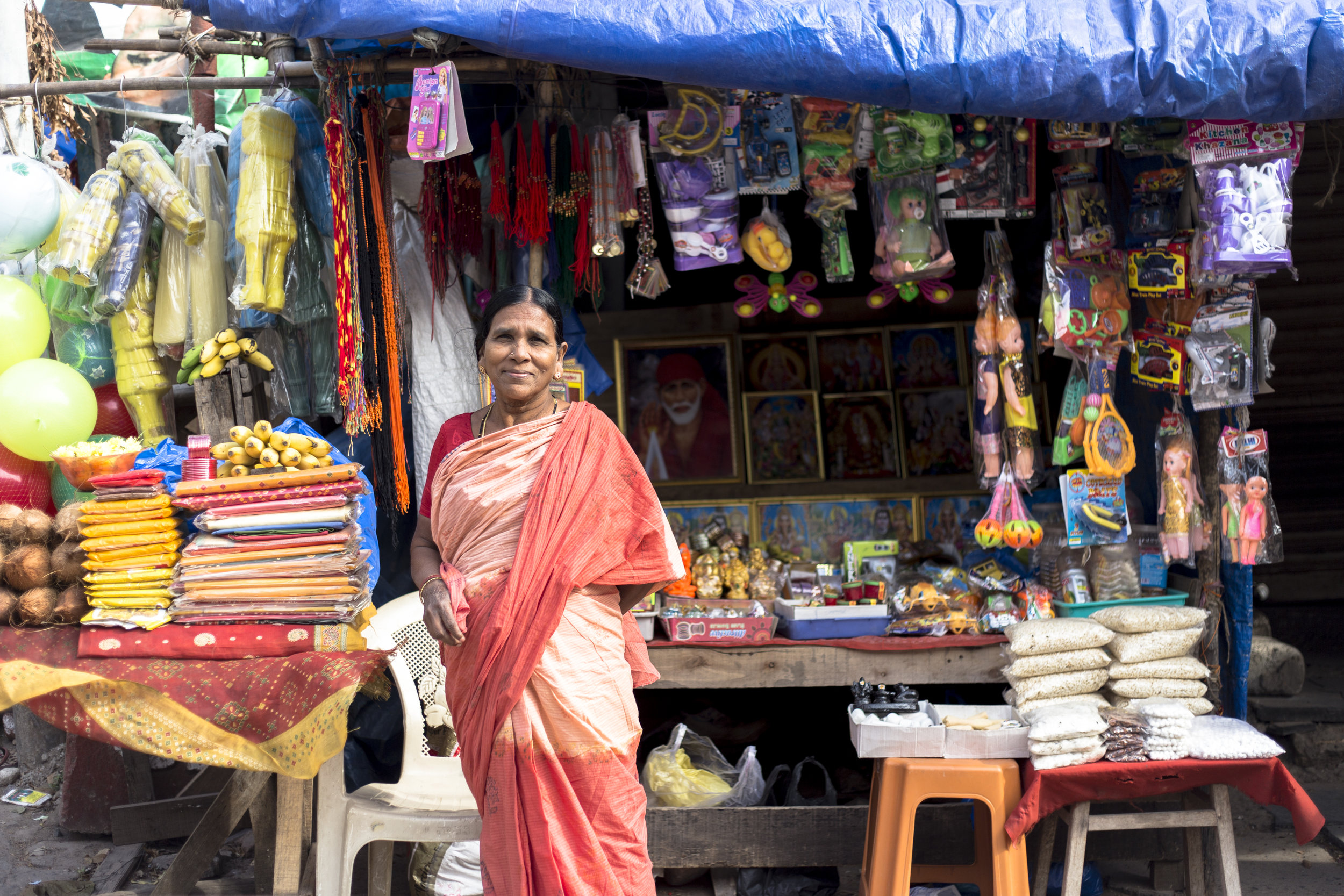

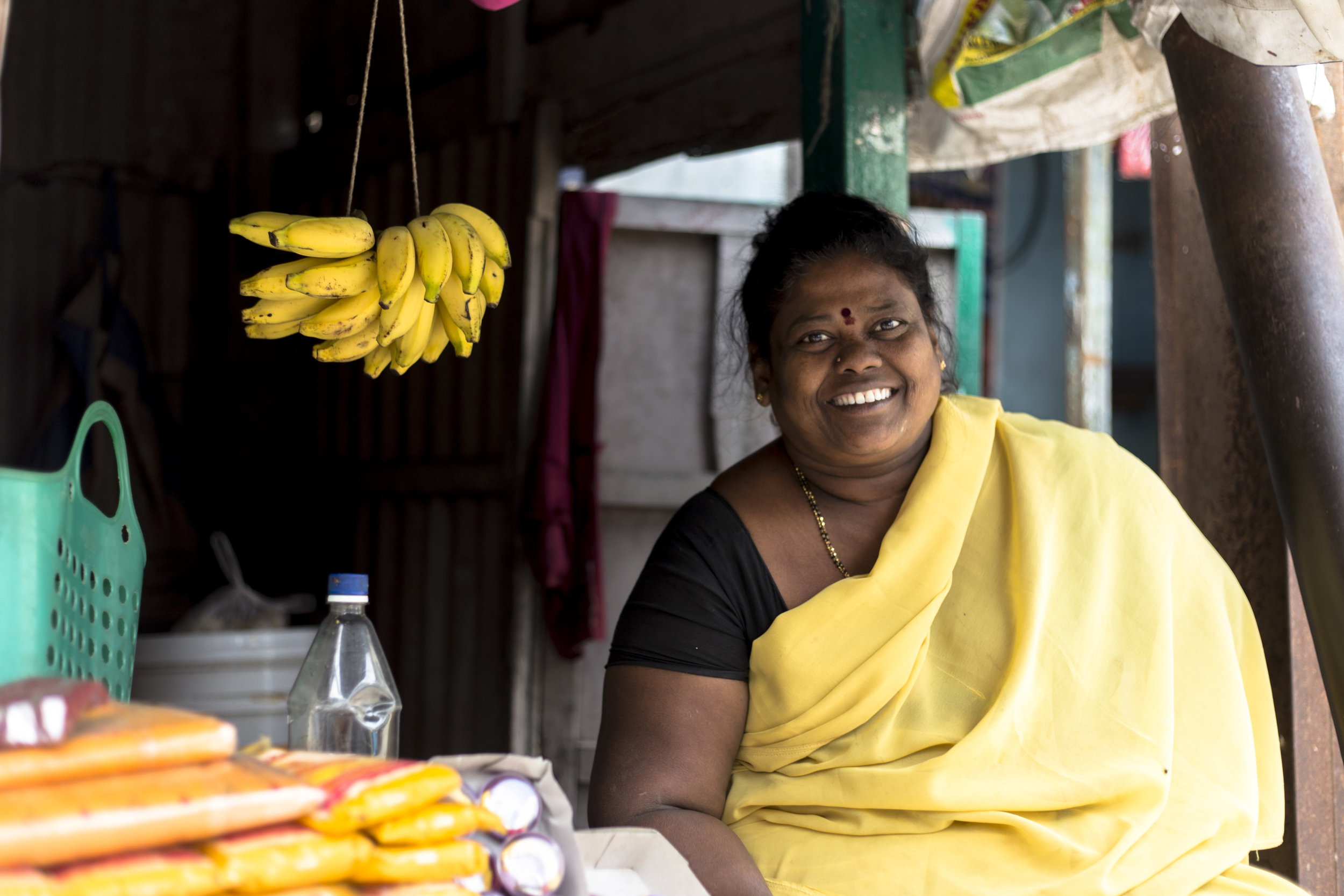

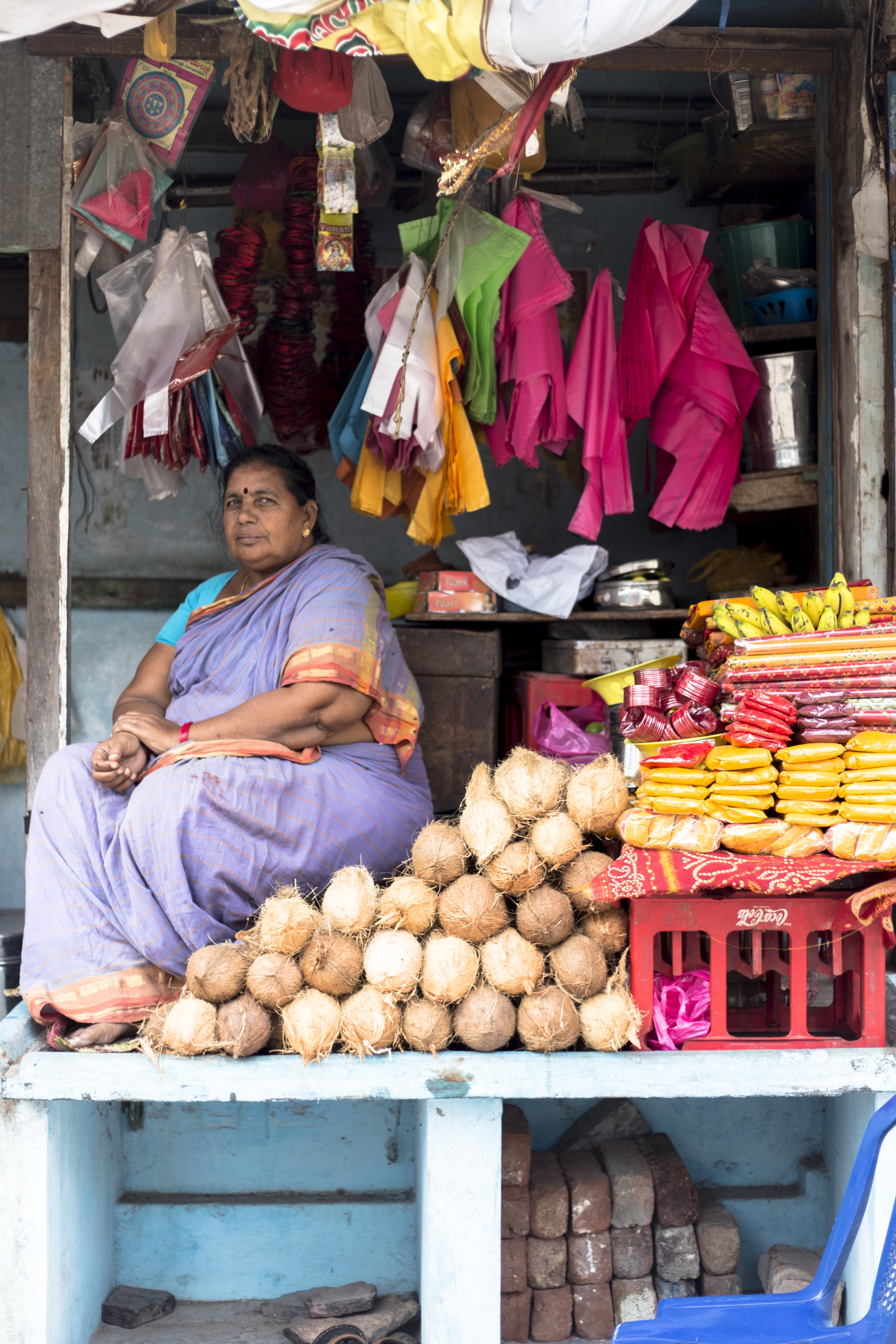
One Town
The flower market in the old town area of Vijayawada, India caters to the needs of thousands of devotees who visit the 'Kanakadurga temple', a holy place for Hindus. Catering to the different beliefs that devotees have regarding their offerings made to Goddess Durga, street vendors set up at the foot of the temple hill to sell various items as coconuts, fruits, flowers and sarees. Portrayed here are vendors co-existing peacefully within a shared market space.
Veil



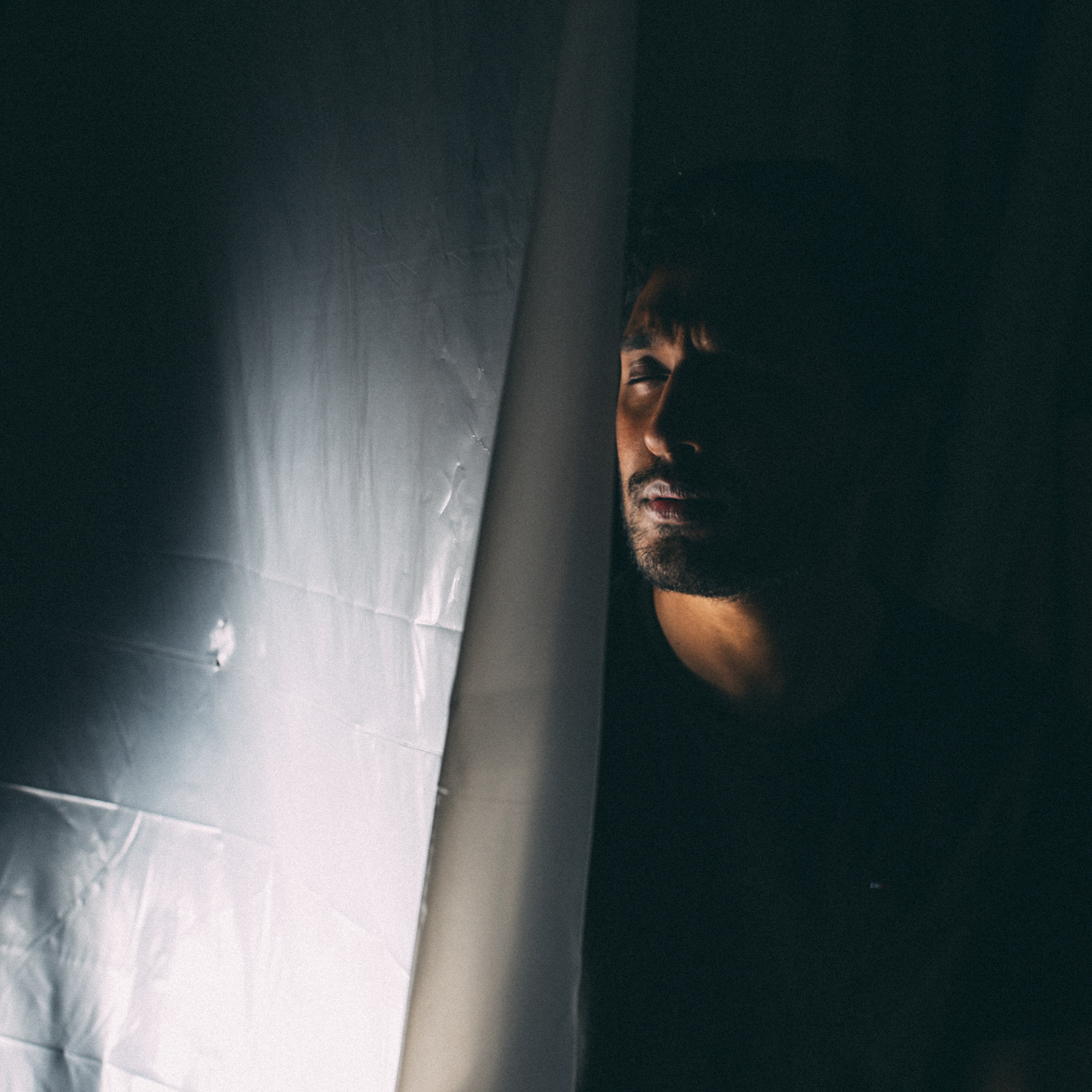

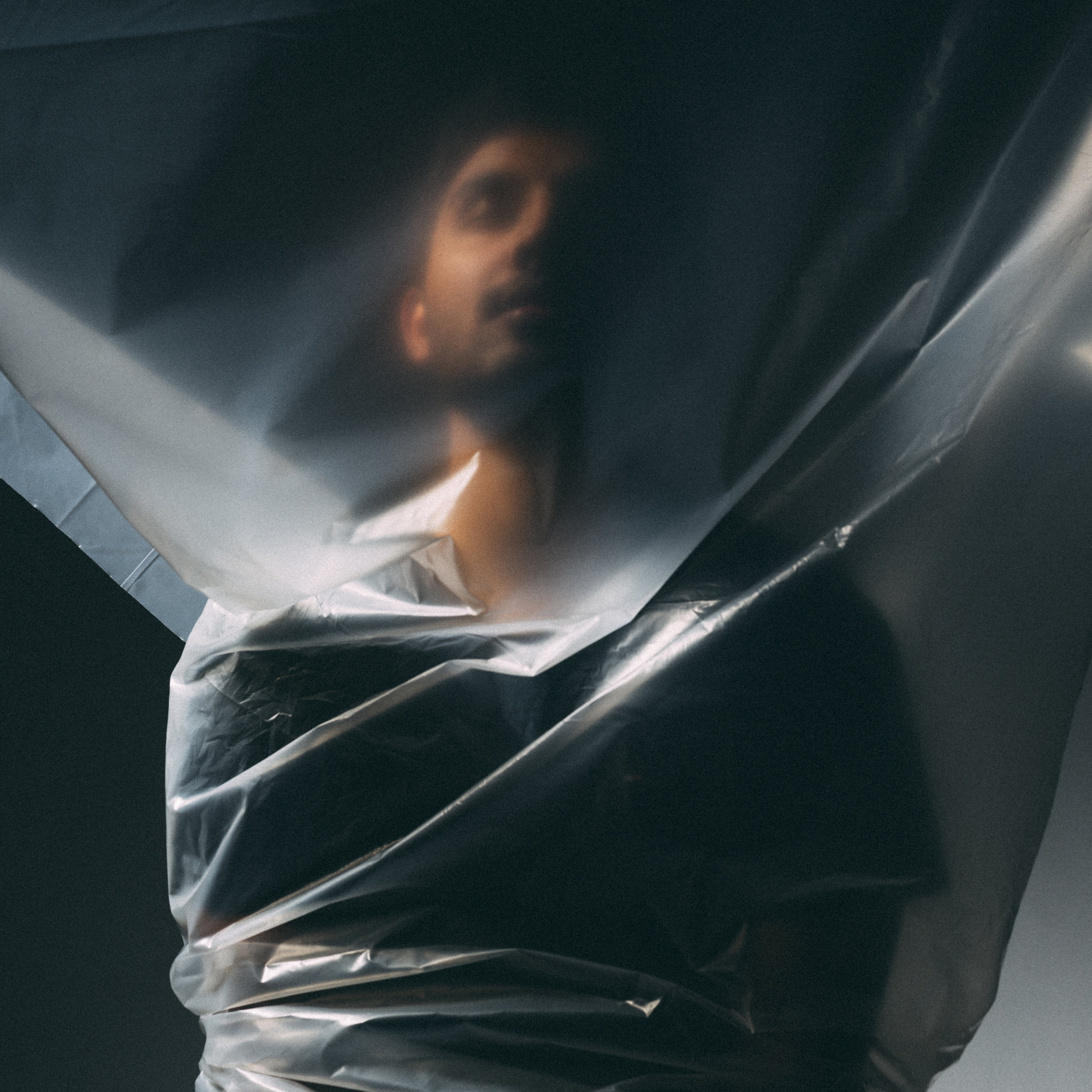
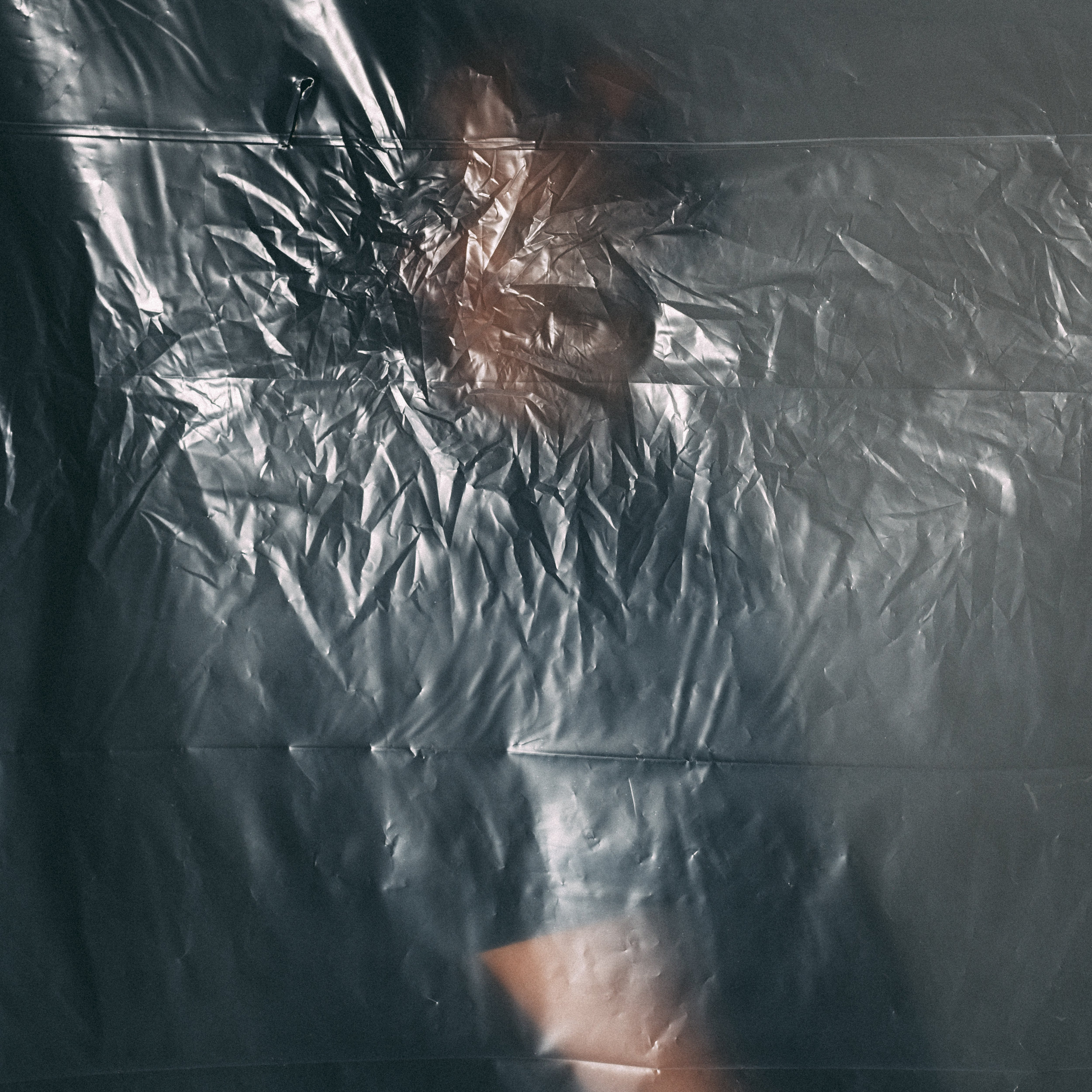
Vulnerability is a double-edged sword. I have a love-hate relationship with the veil that guards me.
Outtakes from a photo-series.
Election Day
On November 9 2016 at 2:30 AM, Donal J Trump was elected the President of the United States — in what was and will be called a historical upsetting victory.
I spent eight hours among Trump supporters, trying to understand their perspective and comprehend it. I could understand the frustrated blue-collar family looking for a better economy. I couldn't understand their intolerance. It’s true — living in New York City entraps you in a diverse liberal bubble where everyone accepts everyone or at least pretends to do so. We failed to know the reality. The bubble had burst open on Election Day. The conservatives, the purists and the blue-collar workers looking for change found it in a xenophobic, jingoist human being. The CBS Exit polls show 53% of Trump voters were men, 67% were men without a college degree and 83% were people who wanted 'change'.
Last night, I heard the words ‘Put her in jail’, ‘fucking cunt’, ‘we are going to burn the buildings down’. Apparently, people also shouted ‘Kill Obama’ at Trump’s victory speech.
On the contrary, I also heard Trump supporters chime ‘Why can’t we be friends?’ and ‘All lives matter’ to outraged Hilary fans shouting ‘Go ahead, build the wall’, ‘Black lives matter’ and‘Hitler would be proud of you, fucking Nazis.’
Maybe not all of them are racists, maybe they are. Maybe all of them are closet racists and this is their Trump card. But I did realize that every single Trump supporter adamantly chose to stay oblivious to his character. They refused to acknowledge his outrageous comments.
It dawns upon no one that when a racist bigot is in power it gives the courage to all the closet racists to openly put their views to practice. No one was willing to judge a man being given the most powerful position in the world based on his character.
'I am voting for what he will do to my country. I am not voting for his persona.' 'He may not be a smart person, but he is a real person.'
This baffles me.
On the other side of the world, my friends from India are delighted because they believe his victory would kick us all immigrants out and we would go back home. A sweet thought I guess, but it infuriated me.
I realized that I cannot be mad at strangers from last night rejoicing over the success of their nationalistic desires when my own people are celebrating intolerance towards immigrants.
There is something inherently wrong with people’s love for their land.
Living in this land now, I can only hope every human I meet in life to not be as narrow-minded as The 45th President of The United States.
An evening on the R.
It was a lazy Friday evening when I got into the R towards Queens. An old Asian couple to my left - one engrossed in the newspaper, the other staring into nothingness and a gloomy American to my right preoccupied with his phone. We shared a silent ride to Queens Plaza.
The gloomy American was replaced by a young black couple seated intimately close to each other. The subway car echoed with murmurs till 65th street. At Jackson heights, an Indian family added to the indistinct voices of the subway car. We shared acknowledging looks. Indians don't always smile to each other. A group of black teenagers hopped in at Rego Park filling the car with bustling energy and laughter. The girls from the group giggled their way to Forest Hills, the last stop on the train. Hundreds disembarked leaving silence behind.
The car promptly changed to 'Not in Service'.
The R train runs through three boroughs of New York City, Manhattan, Queens and Brooklyn with its Northern end in Queens - Forest Hills and the Southern end in Brooklyn - Bay Ridge.
On fear of loss and photography.
A few years ago, I came across this quote - 'If you want to know what a person fears losing, watch what they photograph.'
It did not make sense to me at that point but its meaning, or what I derive from it, slowly dawned over the years - as my exposure to great artists broadened and I finally learnt the art of the metaphors & analogies.
Just yesterday, I stumbled upon this prose by Hervé Guibert -
"By taking your photograph, I can attach myself to you, make you a part of my life, assimilate you. And you can't do anything about it."
This sentence reminds me of Nan Goldin's description of her work, 'The Ballad of Sexual Dependancy', as a 'visual diary.' Chronicling one's life in photographs is in a way, an escape mechanism to cope up with the fear of loss. I'd like to believe that Nan Goldin was excessively documenting her life because of her fear of loss of relationships. (Elyssa Goodman sums up Nan Goldin's work in this beautiful article.) Henri Cartier Bresson obsessed over the streets because of his fear of loss of the fleeting moment, and in so, time.
Having spent my formative years hiding behind a veil, evading confrontation of feelings and physical expression of thoughts and emotions, art to me, like to any other artist, is a mode of communication. To me, it only makes sense that I photograph the people I photograph a lot because of my fear of loss - of people and communication/connection.
It takes a great deal to share work that is personal but a greater deal to create it.
Abstract
The plateau and the plains,
a Victorian beauty's pain,
texture.
Mantle.
Spilled hot cocoa.
All that is taught at art school,
but can you really see?
“They don’t see the world as we do, Patti”
In Other Words; Jhumpa Lahiri
I’ve often been reprimanded for having a deep rooted complex arising from the sense of not belonging to a particular region and not speaking in a native way. In other words - feeling inferior about my accent. It took me a long time to make peace and be comfortable in my own shoes in foreign lands.
Jhumpa Lahiri expressed her inferiority in various metaphors spanning over two hundred pages in the book, 'In Other Words', and won the Pulitzer Prize for it.
Now, I don’t hate this book. My relation with this book is exactly how she describes it - ambivalent. I love it for the rich yet simple language, the comprehensible analogies, and the engaging chapters. I dislike it because of the constant melancholic tone of self-doubt that crawls over all the chapters and into the reader.
I learned Tamil, a local Indian language, by browsing through dictionaries, noting down words, talking to local people and conversing in broken words until I was able to sort of breeze through without being a complete outsider. I could understand Jhumpa’s struggle in learning Italian. Her love for the language resonates with mine. I could relate to the beautiful prose about identity, nativity and the struggle to fit in a place that is foreign. Wit and sharpness are indeed lost when one tries to express in a language that is different from what one thinks in. (I think in Telugu, I talk to myself in English. It's a weird combination)
But Jhumpa, clouded with analogies that describe her attempts at trying to fit in, forgot the joy in doing so.
In Other Words is an author’s relationship with a language that is entirely foreign, a struggle to embrace something that doesn’t want to belong to you. It’s a pioneering effort at which she has incredibly succeeded in putting into words the darker side of it. It’s too honest to spell joy.
But, damn it. I wish I had written this.
'This Place' - Brooklyn Museum
On 4th April 2016, Israel tore down seven Palestinian homes in 24 hours.
5000 miles away among the exhibit rooms at the Brooklyn Museum is a feedback note that reads:
"What themes do you see in the photographs?"
"Precious moments."
The disparity perfectly sums up the experience of viewing, 'This Place', an exhibit now showing at the Brooklyn Museum. 'This Place' is a collaborative project of 12 internationally acclaimed photographers who set out in 2009 to document the conflict areas of Israel and the West Bank. Spanning across three rooms, with a collection of over 600 photographs, 'This Place' is a beautifully curated exhibit that gives us a glimpse of Israel's humanity and peace amidst all the chaos - the 'precious moments'.
Started as an initiative by Frédéric Brenner, a French photographer, this project invited Rosalind Solomon, Jungjin Lee, Jeff Wall, Fazal Sheikh, Martin Kollar, Nick Wapplington, Wendy Ewald, Gilles Peress, Thomas Struth, Joseph Kodelka and Stephen Shore to document Israel, each with their own approach. It resulted in a unique body of work, diverse and contradictory, ironic and beautiful. The exhibit, located on the fourth floor of the museum, greets you with the familiarity of Jeff Wall's work. A life-size image of olive pickers in Israel adorns the entrance, almost to the danger of allowing misconceptions. What seemingly starts off as a banal and tedious representation of a divided land spreads out to intimate portraits and monumental landscapes addressing displacement, identity and environment. While Frédéric Brenner's work on people is a heartwarming representation of the familial bond, Nick Wapplington's work contrasts it with deadpan portraits of Jewish families that evoke empathy. Rosalind Solomon's intimate portraits embrace one's curiosity in the personal lives of varied subjects, probably the reason they are hung together in an alcove - to give the viewer a sense of welcoming. The intimacy continues with Wendy Ewalds spread of images made by sixth graders, students at a Military Academy, employees of a digital agency and many others. Ewald acted as the facilitator, providing cameras to let them create the images. The outcome is a deeper insight into the manifolds of the society with a multilayered perspective.
The heterogeneity of the portraiture is defeated by the landscape imagery of Jungjin Lee, Fazal Sheikh, Thomas Struth, Joseph Kodelka and the rest. To a person with negligible knowledge, Sheikh's aerial landscapes and Lee's black and white landscapes can seem to be artworks. These images unaided with text are in reality a representation of massacre and eradication. One can feel like walking in the zone while looking at Joseph Kodelka's beautiful installation of a 24-image accordion fold book that was made especially for the museum. Gilles Peress provides the viewer with a day in the life of approach through his contact sheets. These sheets, that depict the perils of life in Westbank, ironically look musical - each frame ending on an unfinished note and the next frame picking up from where it has been left behind. Thomas Struth's work of an urban landscape set next to a village scene is tactfully juxtaposed with Stephen Shore's work of magnificent landscapes that are barren yet grandeur.
Underneath all the havoc in Israel, are humans who lead an ordinary life in a conflict zone and crave for peace. 'This Place' reminds us of the peace that exists and the peace that is sought.


















